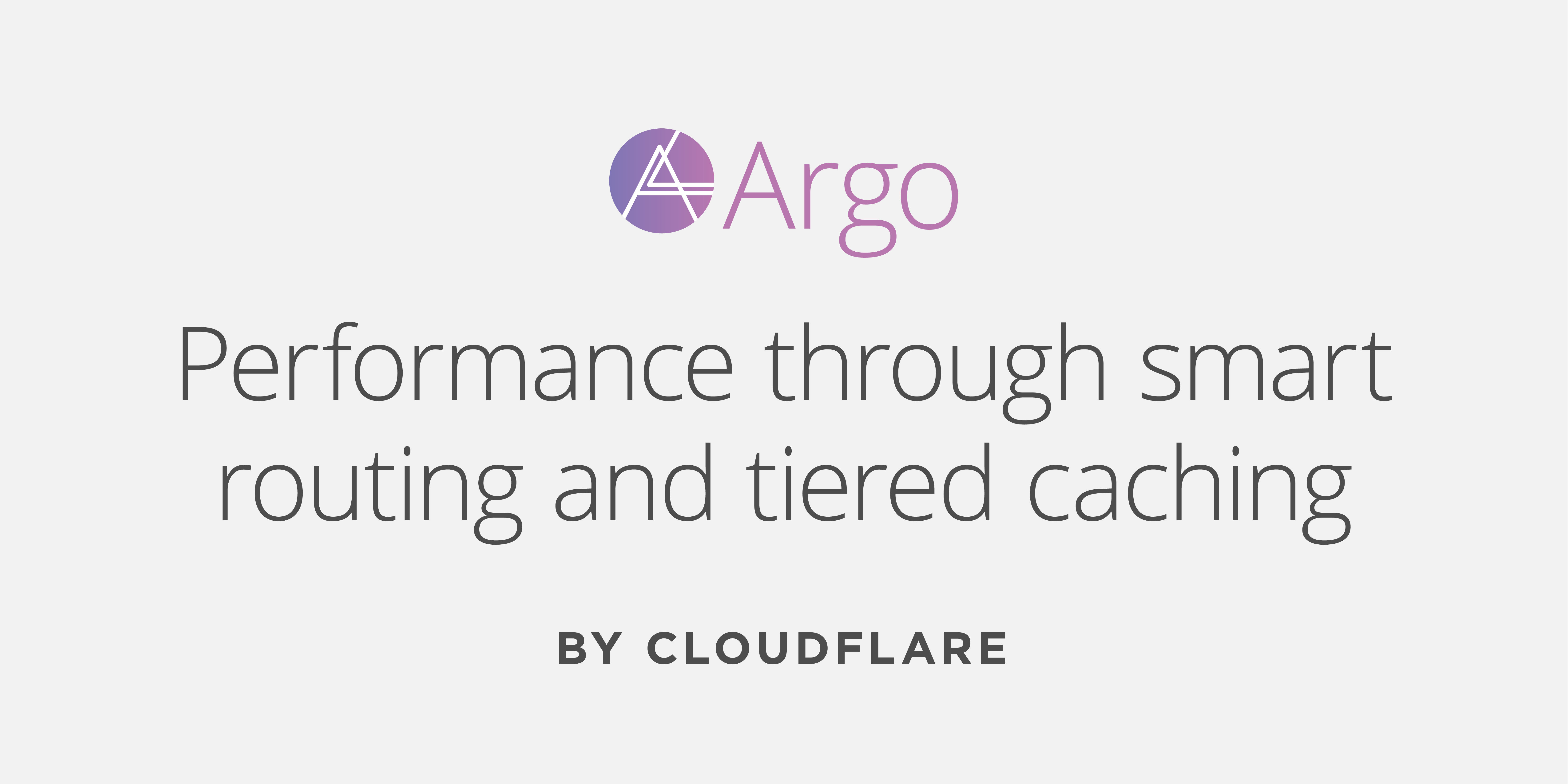Worth Reading: Bartering for privacy
The post Worth Reading: Bartering for privacy appeared first on rule 11 reader.
The post Worth Reading: Bartering for privacy appeared first on rule 11 reader.
For almost a decade now, the cloud has been pitched as a cost-effective way to bring supercomputing out of the queue and into public IaaS or HPC on-demand environments. While there are certainly many use cases to prove that tightly-coupled problems can still work in the cloud despite latency hits (among other issues), application portability is one sticking point.
For instance, let’s say you have developed a financial modeling application on an HPC on demand service to prove that the model works so you can make the case for purchasing a large cluster to run it at scale on-prem. This …
Singularity is the Hinge To Swing HPC Cloud Adoption was written by Nicole Hemsoth at The Next Platform.
 The operator plans to launch 5G in 2019 using its AtScale next-gen network.
The operator plans to launch 5G in 2019 using its AtScale next-gen network.
The post On the ‘net: A New Routing Stack Comes to Town appeared first on rule 11 reader.
This is the first of a series of blog posts that demonstrates using Docker to develop a typical web application and deploying it in production. For DockerCon 2017, we wanted to build a new demo application that would demonstrate the flexibility of using Docker in development as well as showcase the features of Docker in a production environment. The result was the AtSea Shop, a storefront application that can be deployed on different operating systems and can be customized to both your enterprise development and operational environment.

The team decided on a few ground rules. First, we wanted to use modern components commonly used in enterprise applications. We decided to build a Java application using the Spring Boot framework. The web client is a javascript application written using React as a framework. Second, the application should be able to use any relational database and that it could be deployed on a Linux or Windows environment or cluster. Finally, the team wanted to show the process from development to deployment including building the application, implementing security, and deploying the application.
The application combines a typical Java n-tier architecture that uses Spring Boot’s web MVC framework for the REST API Continue reading

The Internet is inherently unreliable, a collection of networks connected to each other with fiber optics, copper, microwaves and trust. It’s a magical thing, but things on the Internet break all the time; cables get cut, bogus routes get advertised, routers crash. Most of the time, these failures are noticed but inexplicable to the average user — ”The Internet is slow today!” — frustrating user experiences as people go about their lives on the Internet.

Today, to fix all of this, Cloudflare is launching Argo, a “virtual backbone” for the modern Internet. Argo analyzes and optimizes routing decisions across the global Internet in real-time. Think Waze, the automobile route optimization app, but for Internet traffic.
Just as Waze can tell you which route to take when driving by monitoring which roads are congested or blocked, Argo can route connections across the Internet efficiently by avoiding packet loss, congestion, and outages.
Cloudflare’s Argo is able to deliver content across our network with dramatically reduced latency, increased reliability, heightened encryption, and reduced cost vs. an equivalent path across the open Internet. The results are impressive: an average 35% decrease in latency, a 27% decrease in connection errors, and a 60% Continue reading
Python SDK version 4.1.4 introduced support for sending asynchronous requests and HTTP pipelining.
This blog post explains those terms and will show you an example how to use the Python SDK in an asynchronous manner.
When using asynchronous requests, the client sends the request and defines a method (usually called callback), which should be called after the response is received but the client is not waiting for the response. In order for SDK to work in an asynchronous fashion, we introduced two new features to our SDK: multiple connections and HTTP pipelining.
These features provide significant value when the user wishes to fetch the inventory of the oVirt system. The time to fetch the inventory may be significantly decreased, too. A comparison of the synchronous and asynchronous requests folows.
Previously the SDK used only a single open connection that sequentially sent the requests according to user program and always waited for the server response for corresponding request.
In the new version of the SDK, the user can specify the number of connections the SDK should create to the server, and the specific requests created by user program uses those connections in parallel.